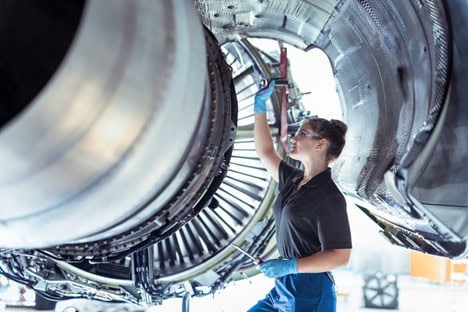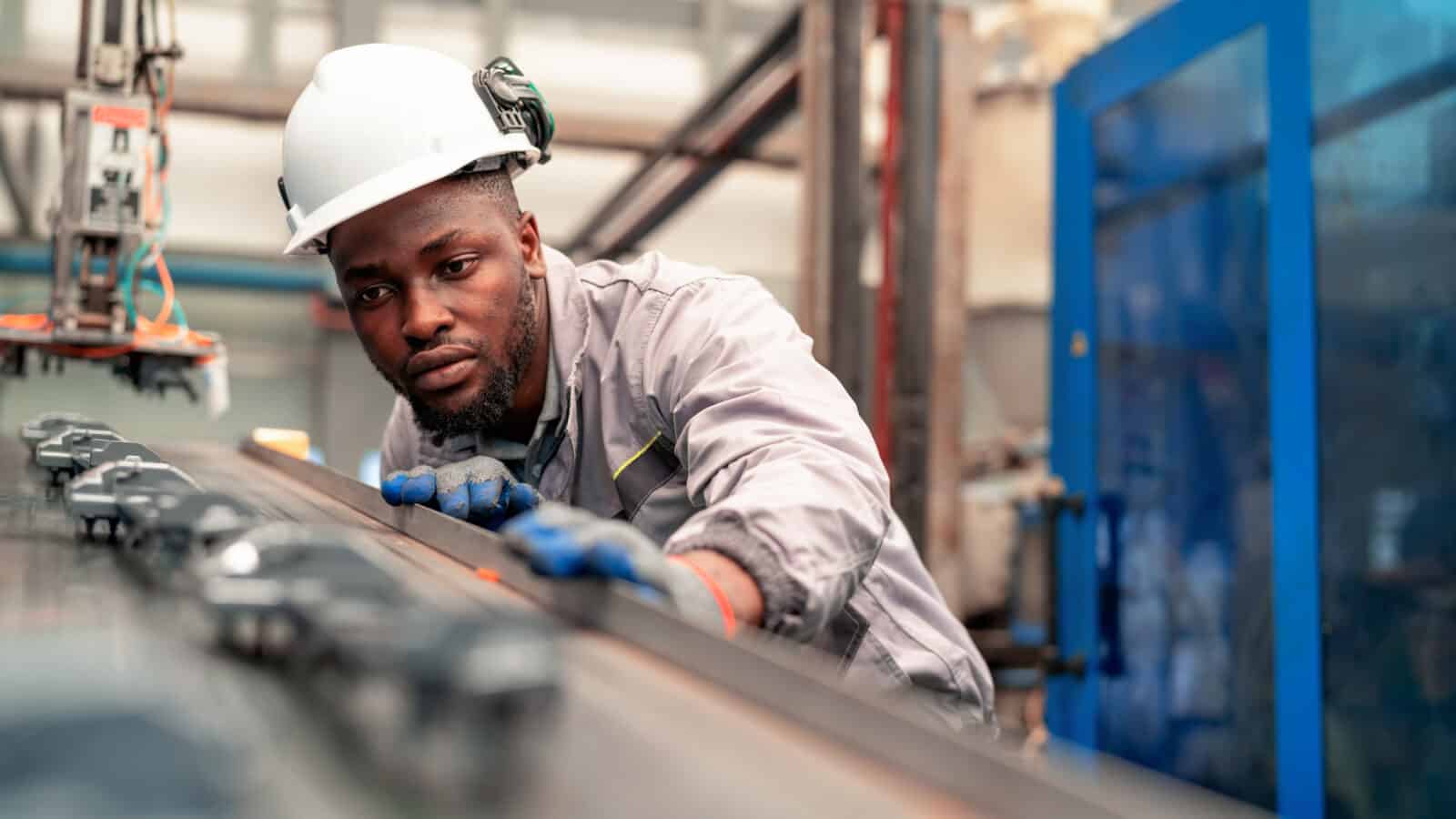NAM: Proposed NAAQS Legislation Would Boost Manufacturing in the U.S.

The previous administration’s significant regulatory changes issued under the Clean Air Act—in particular, its unworkable tightening of allowable soot levels—will create hardship for local economies and must be revised, the NAM told the House Energy and Commerce Subcommittee on Environment ahead of a hearing today.
- Manufacturers that fail to meet the National Ambient Air Quality Standards will be unable to obtain permits to either construct new facilities or expand existing facilities, the NAM pointed out.
What’s going on: In 2024, the Environmental Protection Agency lowered the primary annual standard for fine particulate matter (PM2.5, or soot) from 12 micrograms per cubic meter to 9 μg/m3 .
- “By lowering the standard to 9 μg/m3, which is essentially the same as the background levels that naturally occur in the environment across the nation, the Biden EPA was increasing the number of industrial centers and U.S. population hubs that would be placed into nonattainment status,” NAM Managing Vice President of Policy Charles Crain said.
- In the past 25 years, thanks to manufacturer-developed technologies, U.S. air quality has seen a 37% reduction in PM2.5, Crain continued, adding that an EPA analysis found that less than 20% of PM2.5 emissions come from industrial processes or stationary fuel consumption. Most of it is from sources well outside manufacturers’ control, such as wildfires and crop and livestock dust.
Why it’s important: Enacting the Biden-era tightened standards would mean severe economic losses for the U.S., the NAM told the subcommittee.
- An NAM-commissioned Oxford Economics study found that a standard just slightly stricter than the one set by the Biden administration—8 μg/m3—“would result in a loss of $162.4 billion to $197.4 billion in economic activity and put 852,100 to 973,900 jobs at risk, both directly from manufacturing and indirectly from supply chain spending.”
What they’re doing: In today’s hearing, the House Energy and Commerce Committee discussed two draft pieces of legislation, both supported by the NAM, that would reform the process for establishing NAAQS, which the Clean Air Act mandates the EPA set. The measures include:
- The Clean Air and Economic Advancement Reform (CLEAR) Act, which would make the NAAQS process more workable for manufacturers while “maintaining the regulatory guardrails that protect the health and welfare of our local communities,” according to the NAM; and
- The Clean Air and Building Infrastructure Improvement Act, which “seeks to inject clearer guidance into the process for obtaining preconstruction permits and meeting compliance requirements under a revised NAAQS.”
Our take: “Manufacturers strongly support the Energy and Commerce Committee’s efforts to address policy challenges with the NAAQS and to explore solutions that will pave the way for greater investment in the infrastructure that will allow America to compete in the 21st century,” Crain concluded.
